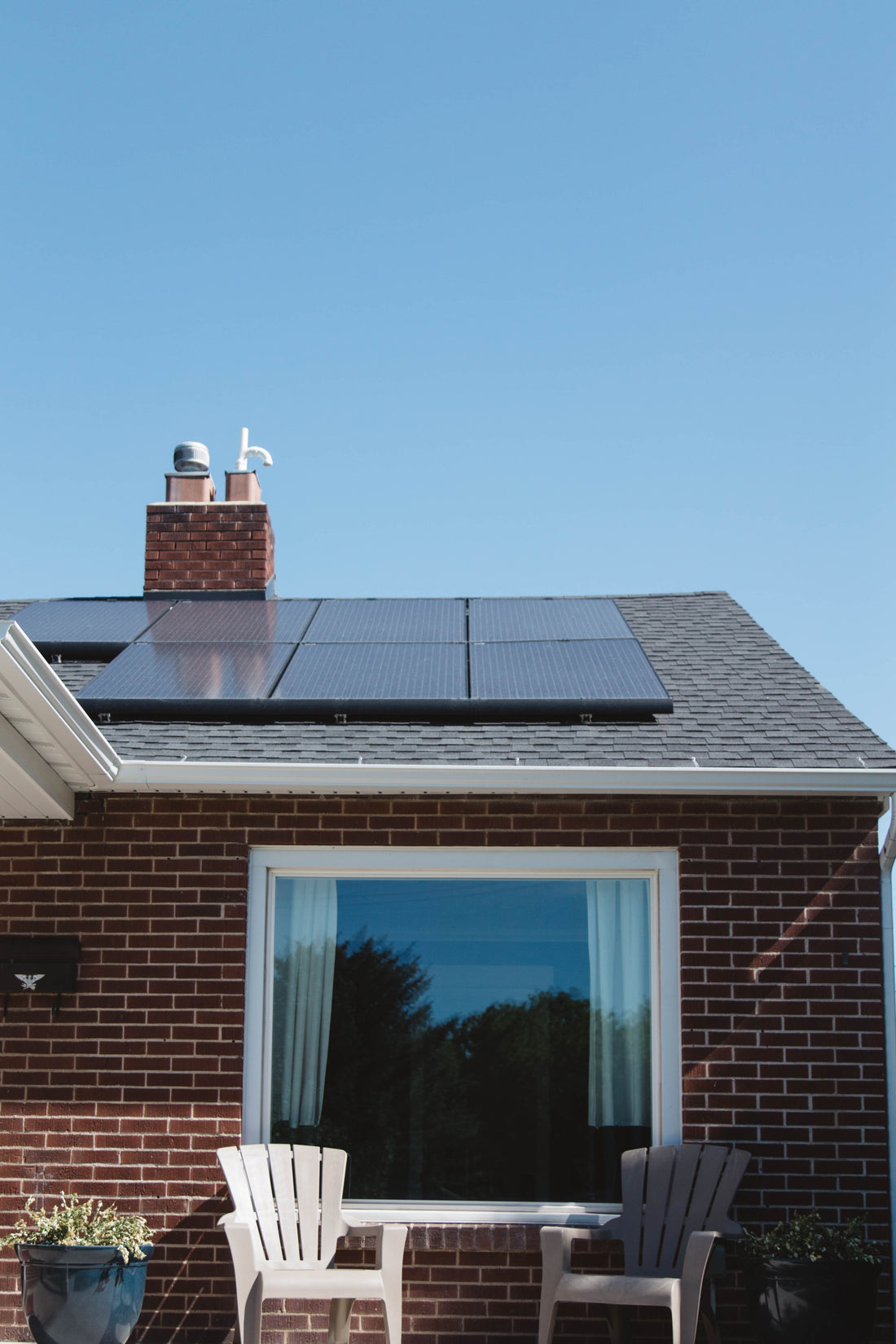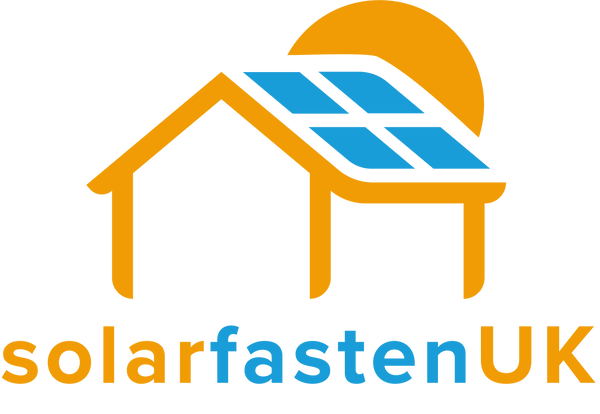
What Are The Different Types of Solar Panel Rails?
Share
By now, you have a good understanding of what a solar panel is and how a solar photovoltaic system functions. We’ve seen solar panels mounted on roofs, but you may wonder how these systems are securely anchored in place. Before solar panels can be installed on your rooftop, it’s crucial to explore the available solar mounting options.
A solar mounting system is a critical component that not only secures solar panels to your roof but also ensures they are positioned optimally to capture sunlight. In this article, we’ll delve into the various types of solar panel mounting rails and systems, helping you make an informed choice for your solar installation.
Types of Solar Panel Rails for Flat Roofs
- Rail-Based Mounting System
- Description: Rail-based mounting systems are commonly used for flat roofs. These systems involve securing rails to the roof using bolts or screws with flashing to maintain a watertight seal. Solar panels are then attached to these rails.
- Ballasted Mounting System
- Description: Ballasted mounting systems are prevalent in flat-roof solar installations. They utilise weights (ballasts) to provide support and keep the solar panels in place. This system is known for its efficiency and ease of installation.
- Anchored Mounting System
- Description: Anchored mounting systems do away with ballasts and are ideal for rooftops with weight constraints. These systems use wood screws to penetrate the roof surface and create a secure attachment, capable of withstanding high wind loads. High-grade flashing ensures a permanent seal against the elements.
Before installing any of these mounting systems on a rooftop, a crucial step is to assess the condition and structure of the roof to ensure its integrity.
Mounting Option for Sloped Roofs
- Residential Roof
Shingle Roof: Most residential roofs are covered in shingles. When installing solar panels on shingle roofs, proper flashing is essential to prevent water leaks and electrical grounding hazards.
- Tile Roof
Description: Mounting solar panels on tile roofs can be labour-intensive as tiles often need to be removed for installation. Careful drilling through the tiles is necessary to avoid damage.
Note: Spanish tile roofs are more challenging and costly to work with due to the potential for breakage during installation.
- Standing-Seam Mounting System
Description: Standing-seam metal roofs are highly suitable for solar installations. They require no roof penetration, thanks to convenient attachments using solar mounting clamps.
Benefits: The longevity and ease of use make standing-seam metal roofs an ideal choice for solar panel installations.
- Corrugated Roof Mounting System
Description: Corrugated metal roofs, often found in agricultural structures, can be challenging for installers. Additional mounting attachments and proper flashing are required to secure the mounting system and prevent water damage.
Rail-Based vs. Rail-Less Systems
For rail-based mounting systems, two options are available depending on your roof type and preference:
Fully-Railed System: This system requires two rows of rails for each module of panels.
Shared-Rail Systems: With this option, every two panels share a middle rail, reducing the number of rails and attachments; which can save on installation time and costs.
Rail-Less Mounting System
Description: In a rail-less system, solar panels attach directly to hardware connected to bolts or screws installed into the roof, eliminating the need for rails. While the number of attachments remains the same, this system reduces manufacturing and shipping costs and speeds up installation.
Flush Roof Mounting System
Description: In this system, solar panels are flush with the roof, providing space between the panel and the roof to allow airflow and reduce wind load. This design minimises the need for roof penetrations.
With this wide array of solar mounting techniques in mind, the question remains: Which mounting system is best suited for your rooftop? The answer largely depends on your roof type, budget, and installation preferences. It’s crucial to consult with a professional solar installer to determine the most suitable option for your specific circumstances, ensuring a successful and efficient solar panel installation.
So please get in touch today with the team at Solar Fasten and we would love to help you out wherever we can and make sure you make the best decision for your home.
